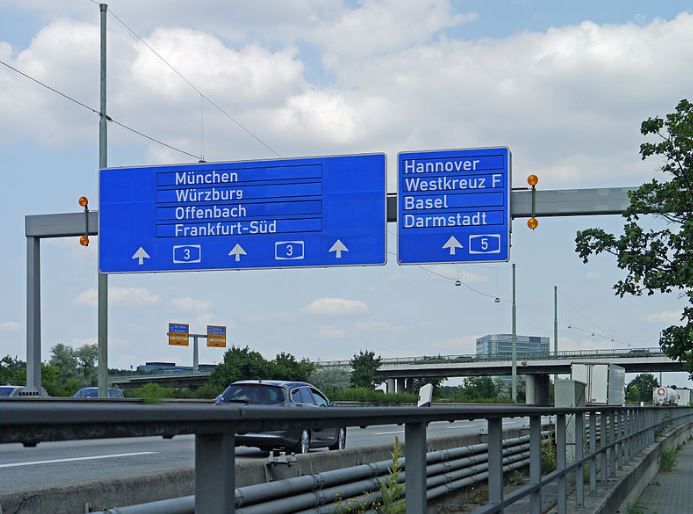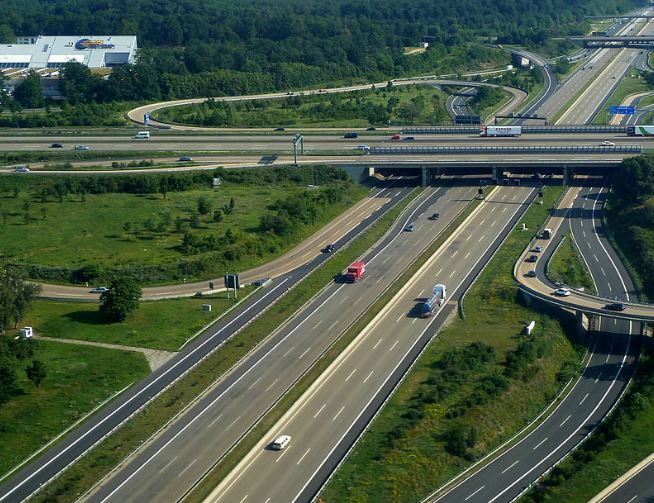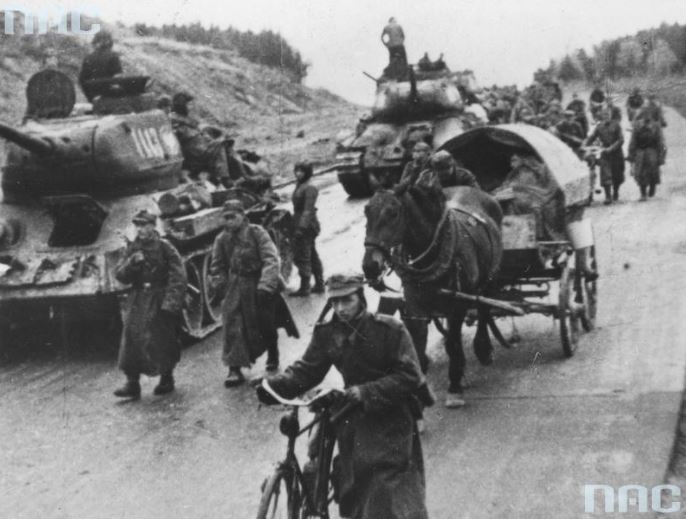If you’re in Germany, it won’t be long before you come across an autobahn. It is Germany’s motorway network, which is managed by the central government in the same way that motorways in other countries are established and regulated which provides the quickest way to travel longer distances by car.
The Early Years of Autobahn
The idea for the autobahn was first conceived during the Weimar Republic in the mid-1920s, but construction was slow, and most planned sections did not progress much beyond the planning stage due to economic problems and a lack of political support. The private initiative HaFraBa planned a “car-only road” crossing Germany from Hamburg in the north to Basel in Switzerland via central Frankfurt am Main. The HaFraBa was partially completed in the late 1930s and early 1940s, but construction was eventually halted by World War II.
The first public road of this type was built between Cologne and Bonn in 1932 and opened on August 6, 1932 by Konrad Adenauer (Lord Mayor of Cologne and future Chancellor of West Germany). That road is now known as the Bundesautobahn 555. This road was not yet known as an Autobahn, and it did not have a center median like modern highways. Instead, it was known as a Kraftfahrstraße, a “motor vehicle road”, with two lanes in each direction and no intersections, pedestrians, bicycles, or animal-powered transportation.
Length Network
Germany’s autobahn network has a total length of approximately 13,192 kilometers in 2021 and a density of 36 motorway kilometers per thousand square kilometers (Eurostat), ranking it among the world’s densest and longest controlled-access systems, and fifth in density within the EU in 2016. (Netherlands 66, Finland 3). Longer similar systems can be found in the United States 77,960 km and China with 149,600 km, but both are nearly 30 times larger than Germany, demonstrating the high density of Germany’s highway system.
Germany Autobahn Speed Limit
Similar to the United States, it is a limited access network of roadways on which vehicles can travel at higher speeds to get from one location to another. It usually consists of two lanes separated by a safety berm. The Autobahn is a modern highway that spans 7,982 miles and is far from a single stretch of road. Despite Germany’s small geographical size, the Autobahn is the world’s fourth largest highway network. In terms of total miles, it is only second to China, the United States, and Spain. That is, however, only partially correct. The Autobahn has speed limits in congested areas near cities and during inclement weather. Based on the history of accidents, there will also be stretches in some open areas where the speed limit will be 81 miles per hour. There are, however, stretches of road where there is no speed limit. However, German regulations require that a vehicle be always under control, leaving room for the “reasonable speed” limits that are enforced in other countries. A speed limit is posted on approximately one-half of the Autobahn’s miles.
Another factor that influences speed on the Autobahn is based on a “handshake agreement” between the nations’ automakers that vehicles will be produced with a top speed of around 155 mph. If you are willing to pay enough, there are top-of-the-line models available in the country that can reach speeds of 190 mph or more.
The Fastest Speed Record in Autobahn
There’s no shortage of video footage on the internet demonstrating the terrifying speeds drivers reach on the autobahn. Cars reaching speeds of more than 100mph are common on these roads, but some high-performance car drivers have been known to aim for the elusive figure of 300km/h (186 mph) for bragging rights. Some people go even further.
In 1938, famed German racing driver Rudolf Caracciola set the fastest official speed on the autobahn when he reached 432.7 km/h (268 mph) in the Mercedes-Benz W125 Rekordwagen on a closed section which is way beyond record-breaking than the fastest cars in auto racing can go take for example an IndyCar records a speed of 380km/h or 236 mph.
Can anyone drive on the autobahn?
Your eligibility to drive on the autobahn will vary slightly depending on the country from which you obtained your driver’s license, but the following criteria serve as a general guideline for those looking to drive on German roads, including the autobahn:
1.) You must have a full, valid driver’s license from your home country.
2.) While driving, you must always keep your license with you.
3.) You must not have had your driving privileges revoked.
4.) You must abide by all restrictions and German law such as wearing corrective eyewear when driving.
5.) You must be at least of legal driving age in Germany, which is 18 years old.
Safety Precautions
In 2014, autobahns carried 31% of motorized road traffic while accounting for 11% of traffic deaths in Germany. The autobahn fatality rate of 1.6 deaths per billion travel kilometers was lower than the 4.6 rates on city streets and the 6.5 rates on rural roads. According to German traffic researcher Bernhard Schlag, the reason for this is obvious, the absence of accident-prone issues there are, there were no cyclists, no pedestrians, no crossing traffic, and very little direct oncoming traffic. It’s not surprising, then, that autobahns are relatively safe roads when compared to other types of roads.
According to official statistics from 2018, unlimited highways claimed approximately 71% of fatalities in Germany. However, non-speed limit autobahns account for 70% of the total autobahn network, putting the high proportion of collision fatalities on non-speed limit stretches into context. However, the commonly held belief that speed limits would not make roads significantly safer is a fallacy, because speed limits are placed on roads with a high volume of traffic and thus a high risk of collision.
According to Schlag, unsafe and older drivers would avoid the autobahn because they perceive the high-speed differentials and very fast drivers as frightening, preferring to congregate on rural roads where the risk of collision is higher anyway.
Though on another tone trying new routes can be a healthy exercise of the mind, older drivers won’t risk trying on the autobahn because of the aforesaid perceptions. Unlike other types of roads, where the number of collisions has steadily decreased, collisions on autobahns have remained relatively stable or even increased for several years since 2009 which poses so many considerations.





